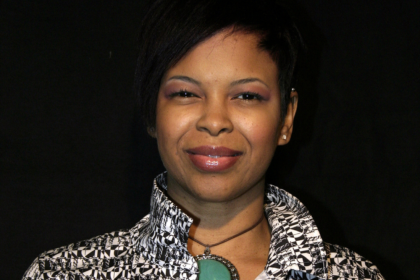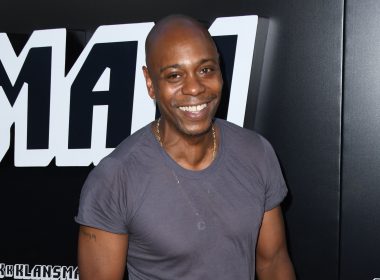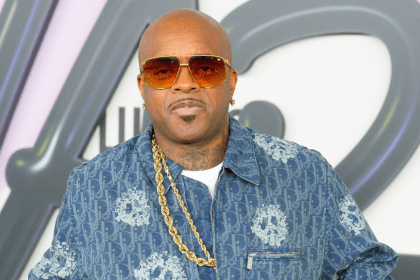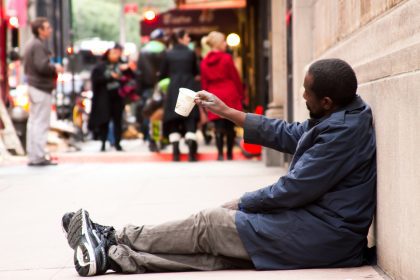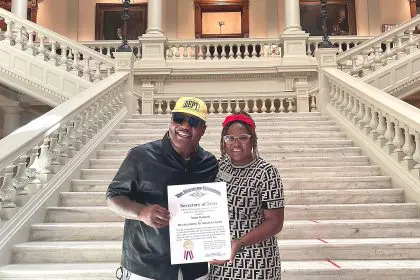
The hot, hostile stares aimed at JohnJay Fitih, who appeared homeless, were strong enough to drill holes into the side of his skull. The searing, penetrating glares originated from people’s disgust and repulsion of Fitih — far from any looks of understanding or compassion. That’s why Greyhound Therapy had to be made.
This experience of actor Fitih playing starving artist Anthony Jacobs in the engrossing indie film merely strengthened director Steven Oakey’s resolve to make the movie. No one wanted to know the stories of the homeless. They only want them to disappear. This antipathy is what originally awakened something deep within Oakey, and he poured the simmering contents of his soul onto paper and onto the big screen.
“It was educational to me and to JohnJay and the cast. How he was treated just walking off the movie set,” the Georgia State-trained moviemaker marvels, “was really eye opening.”
Greyhound Therapy is the story of Anthony, a man who pursues his artistic dreams but winds up spiraling down this emotional and spiritual black hole. As he takes a Greyhound bus from New York to the ATL — thus, the movie title — Anthony tries to pick up the shards of his fractured life and mind. The film also stars Takara Clark, who plays his supportive girlfriend, as well as Emily Granger, Bill Pacer, Malcolm Spears and Aalyah Duncan.

For Oakey, a downtown Atlanta resident who has a front-row seat to the homeless scene and aggressive panhandling, the tarp needs to be pulled back from over this unique American epidemic — one the country seems uninterested in eradicating.
Oakey hopes the film helps to chisel the hardened outer edges around American’s hearts when it comes to people who have no place to go and who wander directionless within a maze in their own minds. Many have fascinating stories that go untold.
“As far as homelessness is concerned, we really don’t understand. The whole philosophy behind the story was not to discover the homeless movement again,” he explained. “The whole motivation and point is, when you walk down the street, what do you see? And a lot of people don’t understand that everyone on the street has a past, everyone has a future. And that includes homeless people.”
Fitih concurs with Oakey’s sentiments. Filming outdoors in a blizzard and frigid temperatures in New York and Atlanta chilled Fitih to the core of his being for more than one reason.

“The character teaches us a lot and how we view homelessness. We take that little cracked window into homeless and what people go through and how we see them and their journey,” Fitih says. “If you see a homeless person walk by, put yourself in their shoes. How would you feel? What would you do? Would you know what to do? It teaches you not to judge.”
Oakey’s dramatic script seduced Fitih into the main character role. And it also beckoned Clark to play his supportive girlfriend. “I thought the story was very different from what I see going on,” she surmised. “Not too many filmmakers are working on a social issue that’s prevalent in the United States and especially Atlanta.”
 That is, until now. Oakey tears away the invisible veil separating us from the world of homelessness and forces us to care. –terry shropshire
That is, until now. Oakey tears away the invisible veil separating us from the world of homelessness and forces us to care. –terry shropshire

